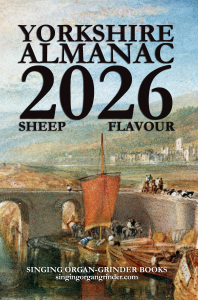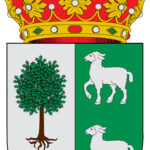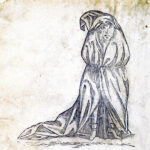5 March 1695: Abraham de la Pryme learns about self-adhesive steel, marble-staining, and Nottingham alabaster
Abraham de la Pryme. 1870. The Diary of Abraham de la Pryme, the Yorkshire Antiquary. Ed. Charles Jackson. Durham: Surtees Society. Get it:
.Excerpt
This day I heard of a workman at Sheffield that is much cried up for his skill and ingenuity; one experiment of which was, that he could and had smoothed two pieces of steel so exceeding smooth and plain that they stick so fast, the one upon the other, that a man could scarce sever them with all his strength. This is common in marble. I was likewise in the church seeing the stone cutter make a monument, which should have the names of the benefactors thereon to the church, the school, and the poor. Amongst other talk he told me that marble was a sort of stone the easiest to be stained of any, and that it is no choice art to do the same, even through the whole stone, if it was a yard thick; but he could give no reasons for the same. He says also that there is the best alabaster that ever was seen, gotten a little way beyond Nottingham [South Derbyshire, e.g. Tutbury and Chellaston]. He says they frequently wet the same, or rather, to use his term, they boil it in iron pottocks [small pots] till all the humidity be evaporated, and then it becomes a most pure white powder, which when they have a mind to use (for moulding or such like uses) they mix water therewith, and then it makes an image or any thing, harder by half than it would do otherwise.
Comment
Comment
Self-adhesive marble sounds familiar, steel not so. Has anyone got a source?
Something to say? Get in touch
Original
This day I heard of a workman at Sheffield that is much cried up for his skill and ingenuity; one experiment of which was, that he could and had smoothed two pieces of steel so exceeding smooth and plain that they stick so fast, the one upon the other, that a man could scarce sever them with all his strength. This is common in marble.
I was likewise in the church seeing the stone cutter make a monument, which should have the names of the benefactors thereon to the church, the school, and the poor. Amongst other talk he told me that marble was a sort of stone the easiest to be stained of any, and that it is no choice art to do the same, even through the whole stone, if it was a yard thick; but he could give no reasons for the same.
He says also that there is the best alabaster that ever was seen, gotten a little way beyond Nottingham [South Derbyshire, e.g. Tutbury and Chellaston]. He says they frequently wet the same, or rather, to use his term, they boil it in iron pottocks [small pots] till all the humidity be evaporated, and then it becomes a most pure white powder, which when they have a mind to use (for moulding or such like uses) they mix water therewith, and then it makes an image or any thing, harder by half than it would do otherwise.
249 words.
Similar
 10 December 1769: Part of the northern ballad about Bill Brown, a Brightside (Sheffield) steelworker and hare-poacher killed by gamekeepers today near Rotherham
10 December 1769: Part of the northern ballad about Bill Brown, a Brightside (Sheffield) steelworker and hare-poacher killed by gamekeepers today near RotherhamSearch
Donate
Music & books
Place-People-Play: Childcare (and the Kazookestra) on the Headingley/Weetwood borders next to Meanwood Park.
Music from and about Yorkshire by Leeds's Singing Organ-Grinder.






 Bluesky
Bluesky Extwitter
Extwitter